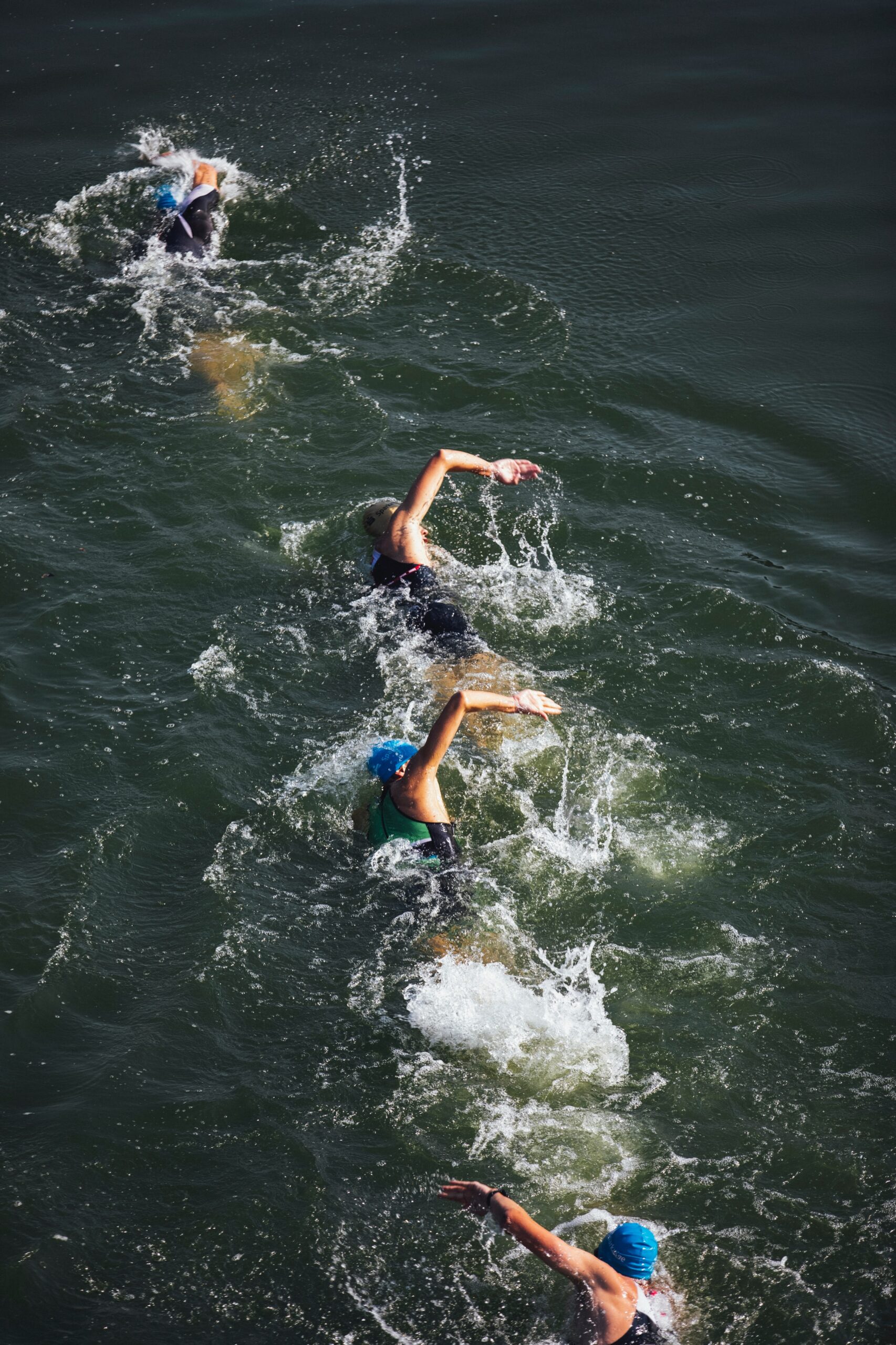5 Tips for The Royal Windsor Triathlon River Swim
Swimming in a river may not be for the faint hearted, but it is a deeply invigorating experience that will wake up your mind and body. The benefits of river swimming are numerous; from alleviating depression, pain and inflammation to mental clarity and improved circulation, there’s no wonder that more of us are taking the plunge than ever before!
The swimming leg at the Royal Windsor Triathlon takes place in the River Thames – a green-banked, scenic route which nonetheless requires endurance, strength, and strategy. As you take on this challenge, here are five tips that will help you make the most of your swim.

Dive into Open Water Practice
Swimming in a pool is great, but it’s not the same as navigating through open water. Before the race, seek out a nearby river, lake, or ocean and practice swimming in different conditions. Get comfortable with the unpredictability of open water and learn to adjust to currents, waves, and other natural obstacles. This way, you’ll be ready to take on any challenges that the race throws your way.
-
Know the Course Like the Back of Your Swim Cap
To swim your best, you need to have a solid understanding of the course. Take the time to study the map here and be aware that you start swimming downstream before a turn and finishing on a challenging upstream section. It is therefore important to conserve your energy for the strength required in the finishing section.
-
Start with a Splash, Pace Yourself with Style
At the start of the swim, the water will be crowded and chaotic, as everyone vies for position. It’s easy to get caught up in the excitement and exhaust yourself right from the beginning. Instead, start strong and assert your position, then settle into your rhythm and conserve your energy for the rest of the race. This way, you’ll finish with a flourish, not a flail.
-
Learn to breathe bilaterally
Even if the weather is on your side and the river is still, the splashing in any triathlon can get pretty…intense. It’s therefore important to be able to master your breathing, so that you avoid – as much as possible – gulping in water from offending splashers. Bilateral breathing is when you are able to take a breath on either side, switching from left to right. However, it may sometimes be useful breathe more on one side to avoid heavy splashing: the idea is that you are in complete control of your breathing.
You should also find a breathing pattern that suits you; you don’t have to breathe every third stroke, and may benefit from practicing swimming with less frequent breathing breaks.
-
Slip into a Wetsuit for Optimum Performance
When it comes to river triathlons, a wetsuit is your secret weapon. It not only keeps you warm in colder water, but it also provides extra buoyancy, making it easier to swim. Before the race, make sure you practice swimming in your wetsuit, so you can get used to the feeling and feel confident on race day.
By following these five tips, we hope you’ll be ready to tackle the Royal Windsor Triathlon with gusto. Good luck, and enjoy the ride!
